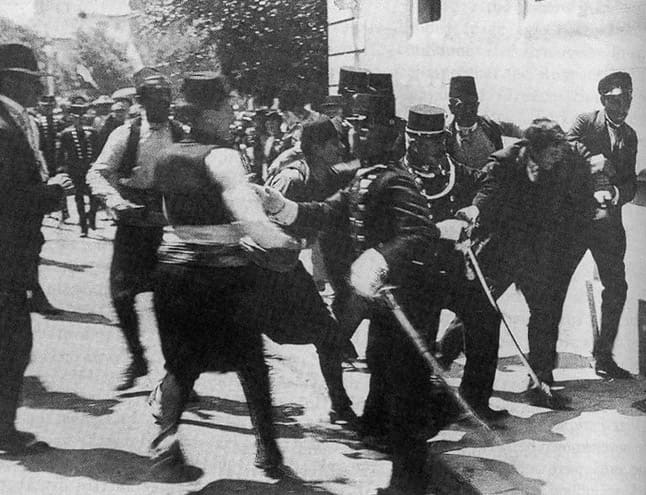
The act that led to the unravelling of the first World War was one of homegrown terrorism. The Archduke Franz Ferdinand of Austria was assassinated in Sarajevo in June 1914 by a 19 year old Serbian student, Gavrilo Princip. The archduke was in Bosnia Herzegovina to direct the Austrian corps manoeuvres there. Shortly after his death, the Austro-Hungarian empire declared war on Serbia.
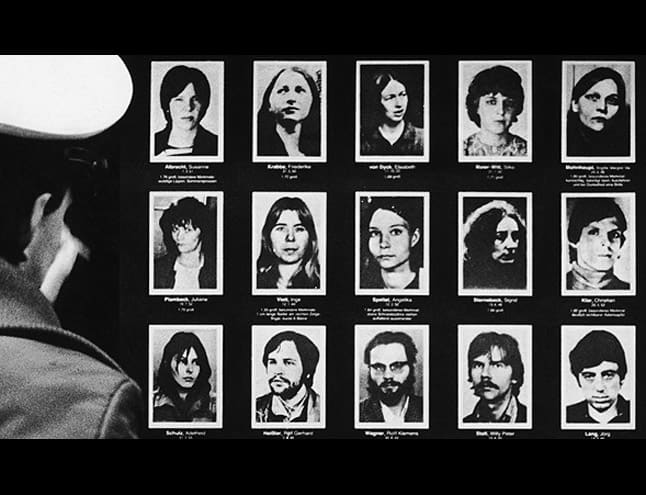
The Red Army Faction, which became infamous as the Baader-Meinhof Group, saw itself as fighting against an alleged right wing state where former Nazis still held high positions. Their activities ranged from targeted assassinations to bombing political or military locations. They left a car bomb outside NATO’s school in Oberammergau, Germany. But it failed to explode.
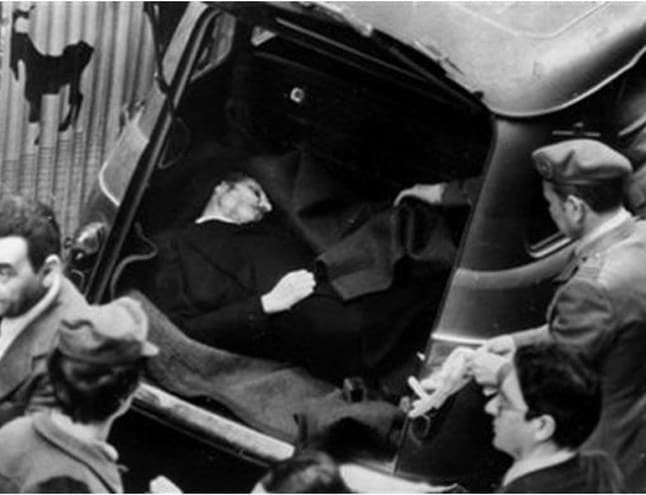
Italy was confronted with a Leninist-Marxist terror organisation in the 1970s and early 1980s named the Red Brigade. Funding its activities with a series of bank robberies and kidnappings, its most notorious act was the murder of the former Italian Prime Minister Aldo Moro in 1978. One of the brigade’s objectives had been to see Italy leave NATO.
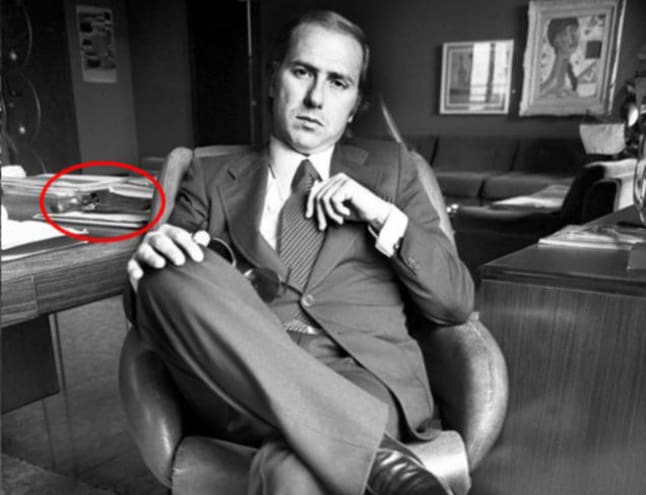
The threat to businessmen and politicians from revolutionary terrorist groups was very real in Italy in the 1970s. Here, a young Silvio Berlusconi (who fell into both categories) is pictured during that period, with a revolver visible on the desk behind him.
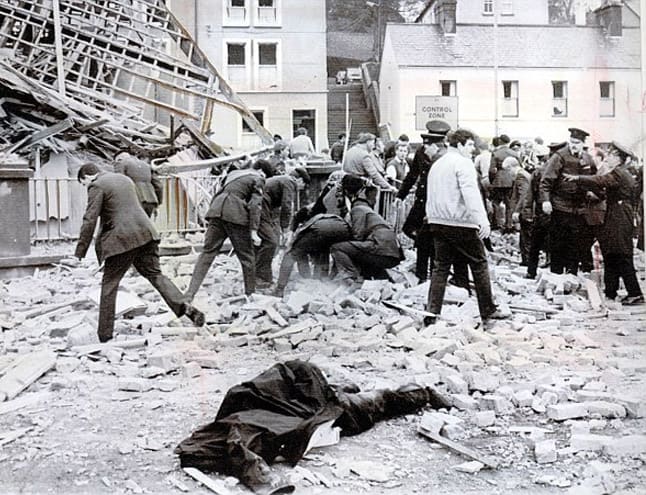
In one of the worst atrocities committed by the IRA, a bomb was left at the town’s war memorial which exploded during a Remembrance Day ceremony. Eleven people were killed on the day; 63 people were injured; and a 12th person died 13 years later, having been in a coma since the explosion. All but one of the victims were civilians.
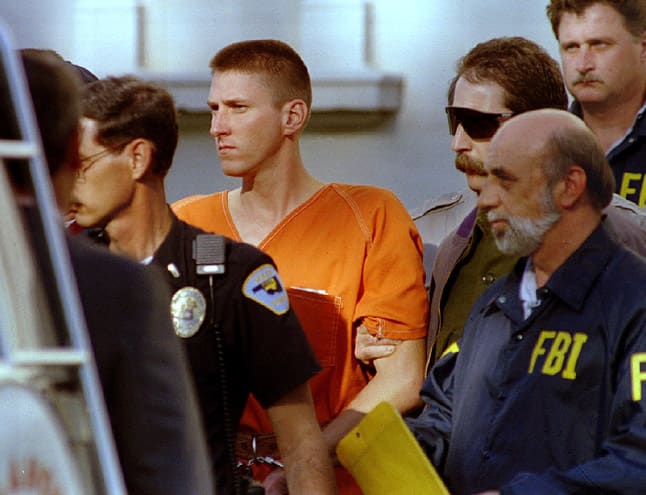
Timothy McVeigh leaves a county courthouse in 1995. He was convicted of having bombed a US federal building in Oklahoma city which killed 168 people. 19 of them were children, who were in a daycare centre at the front of the building. McVeigh was executed on June 11, 2001, exactly three months before his act was overtaken as the largest terrorist attack on US soil. © Reuters
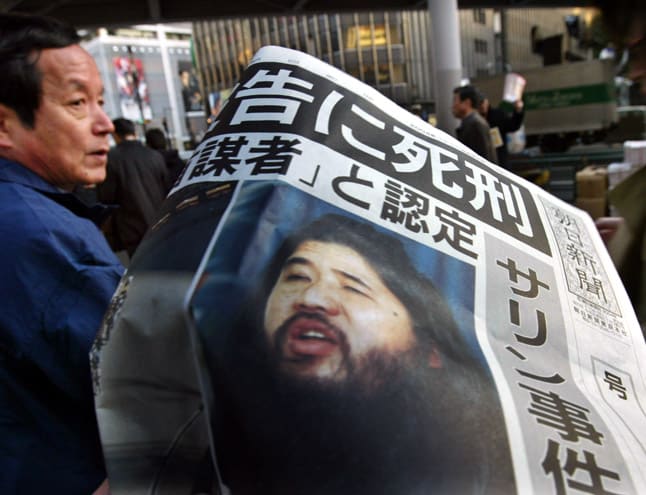
Former Japanese cult Aum Shinrikyo guru Shoko Asahara was sentenced to hang in February, 2004 for masterminding a sarin nerve gas attack on Tokyo subway trains in 1995. Twelve people died and thousands were injured. © Reuters
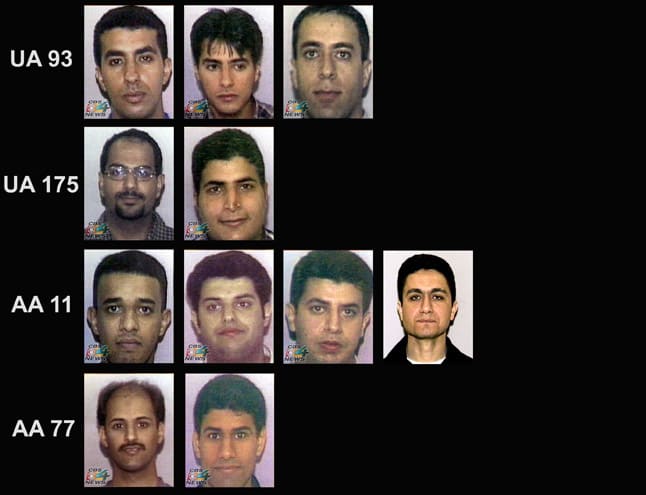
11 of the 19 suspected hijackers responsible for the attacks on the World Trade Center, the Pentagon and the plane that crashed in Pennsylvania September 11, 2001. Although they were not Americans, they had trained in the US. © Reuters
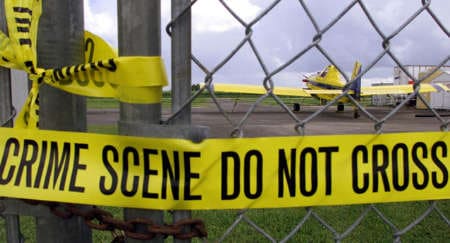
All crop dusting flights across the US were grounded after 9/11, as it became clear that terrorist hijacker Mohamed Atta had enquired into the operational aspects of the planes. He and other 9/11 hijackers had also taken flying lessons at the Airman flight school in Norman, Oklahoma. © Reuters
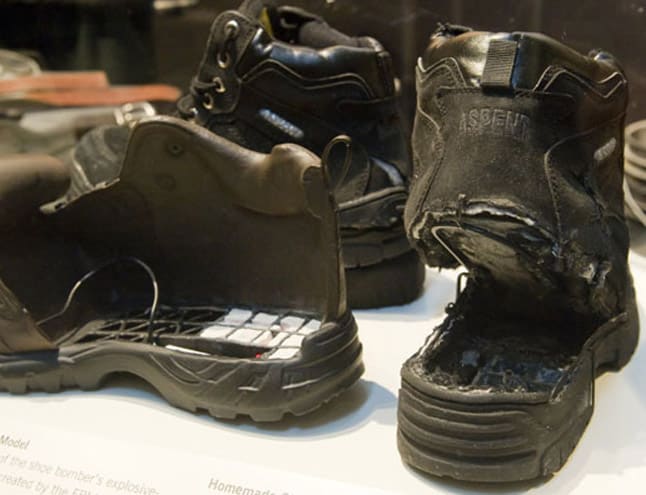
The shoes which nearly downed an airliner. Richard Reid, the so-called shoebomber, was a British convert to Islam and professed to be a member of al Qaida. It is believed he failed to detonate his shoe bomb simply because its fuse had become damp due to rainy weather.
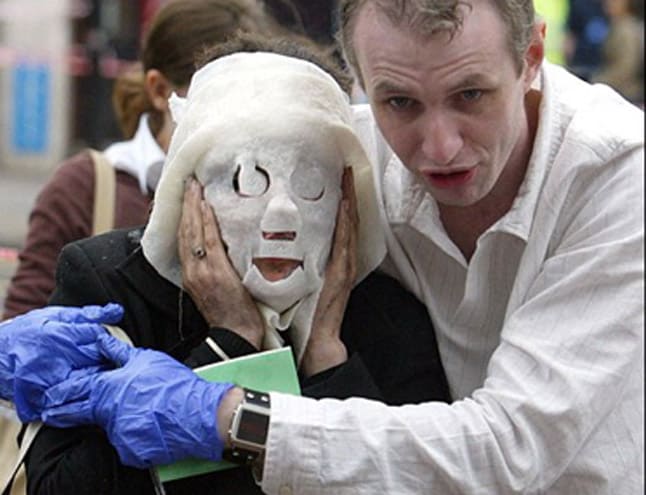
Four British men, three of Pakistani descent, blew themselves up on London’s transport system on July 7, 2005, killing 52 people and injuring more than 700. Three of the bombers were 22 or younger. In video statements, two of them claimed that the British people were viable targets as they had voted for the British government.
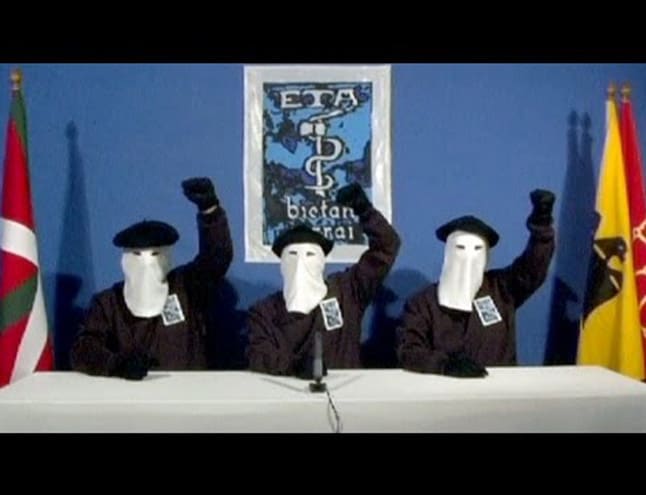
ETA, or Euskadi Ta Askatasuna (Basque homeland and freedom). Since its first killing, in June 1968, ETA has been held responsible for over 800 deaths. It formally renounced armed violence in October 2011. Its targets were varied - ranging from military barracks, to supermarkets to the Spanish Prime Minister.
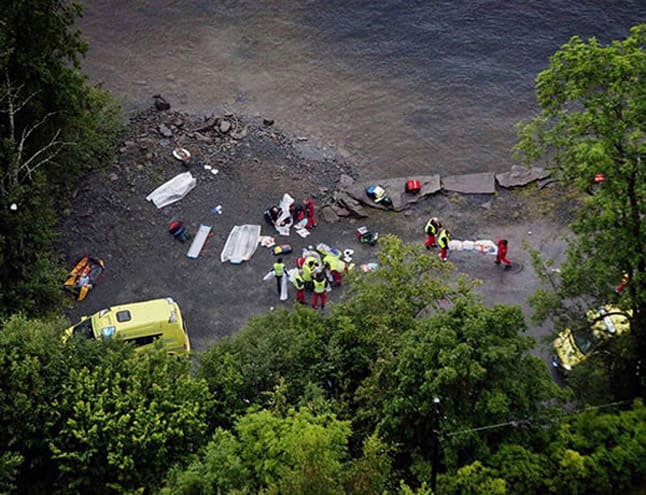
Utoeya island, now infamous, is a small island 40 kilometres from Oslo, Norway. On 22 July, 2011, Anders Behring Breivik arrived on the island dressed as a policeman. Heavily armed, he embarked on a killing spree for an hour and a half. By the end, 69 people, most of them under 18, were dead.
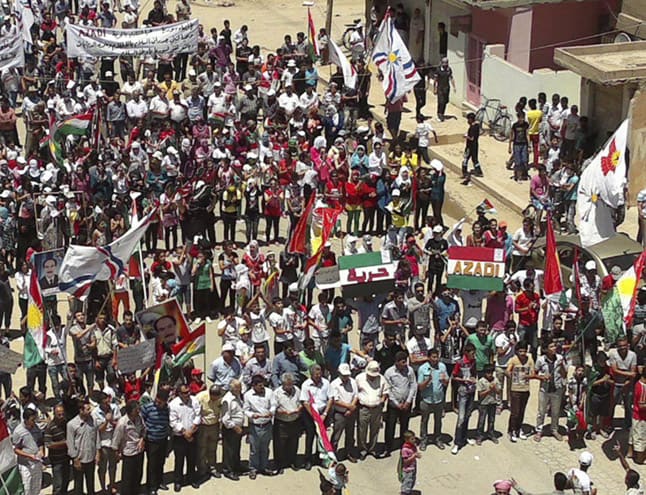
Demonstrators protest against Syria's President Bashar al-Assad after Friday prayers in Qamishli June 29, 2012. In a clear demonstration of how definitions of terrorists vary, Syria’s president has referred to these demonstrators as ‘armed terrorist groups’. © Reuters
